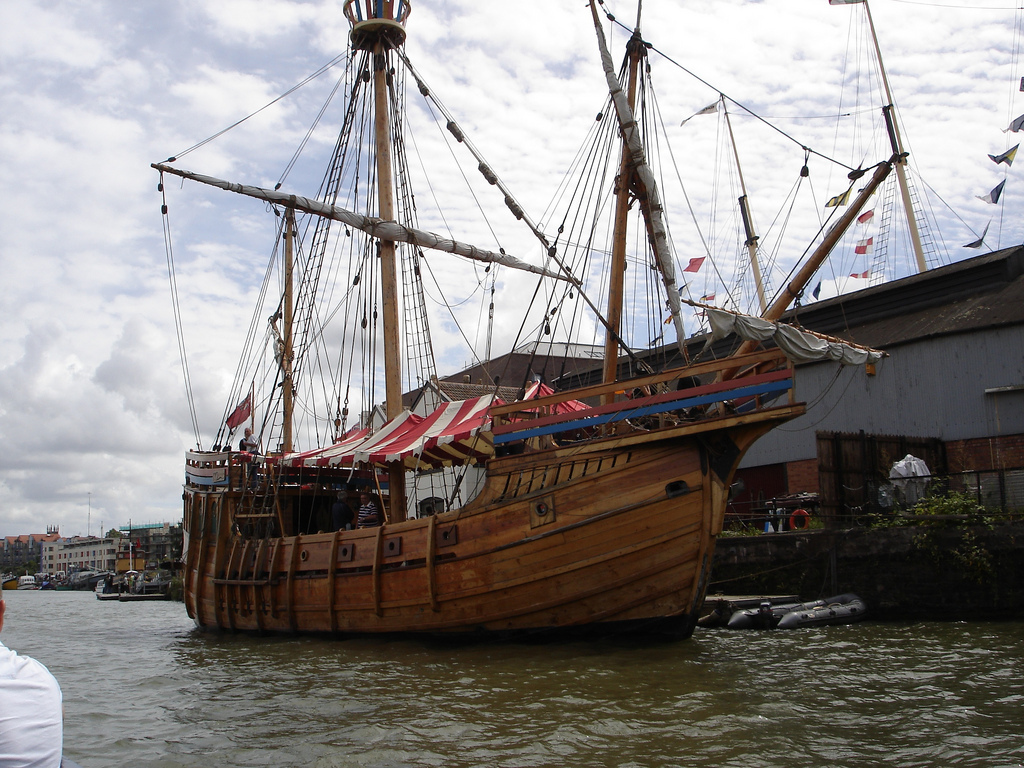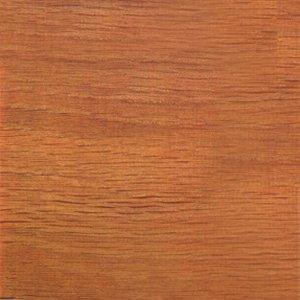English Oak : History and Culture

A replica of the Matthew which was built in 1995. It’s frame is made of oakwood. The original Matthew was built in the 15th century and was comprised nearly entirely of oakwood. The explorer John Cabot sailed this ship from England to America and back in 1497.
Cabot’s Matthew. Levy, D. (2010)
The trees of the genus Quercus have long been an inspiration to many people - especially the early peoples in Europe. Various forms of the white oak were considered the Tree of Life by many early European cultures. These peoples has seen the oak go through tremendous traumas (such as being struck by lighting) and still survive, so they were convinced that the oak was a tree of the gods. The Greeks believed that Zeus would communicate through oaks to his people. The acorns of the tree were a primary source of food for the early Nordic people, as well as the Greeks and Romans.
In England, the English oak (Quercus robur) held particular significance for their early civilizations. The early people would use the English oak’s bark as a tea to cure stomach ailments and as an early mouthwash. Later, the British also used powdered bark as a kind of bath salt. As time went on, the English oak became much more prized for its beautiful wood. Musical instruments like guitars, lutes and drums were also made from the wood. Because of its hardy nature, oakwood was also frequently used for practical things like water barrels.
Shipbuilders would use the wood of the oak to build merchant ships and furniture for the crew. By the 16th century, the English oak was being used for frames and planks for the great Elizabethan sailing fleet. The British ships were famed for their hardiness and speed in the water. The wood of the English oak was significant in making the ships light and quick but tough enough to withstand artillery fire in sea battles.

A sample of English Oak wood.
Lamerie. (Photographer). (2006). Oak, European. [Photo] Retrieved 18 Feb 2013 from http://www.flickr.com/photos/lamerie/246690107/
